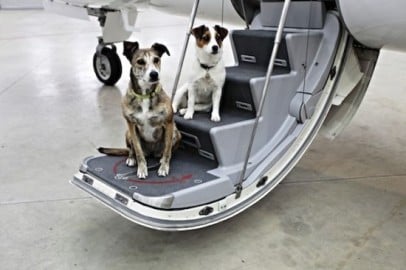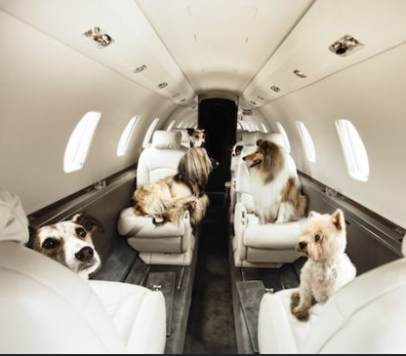- US Toll-Free:+1-888-671-5387
- International:+1-646-820-5387
- UK Toll-Free:+44-808-189-0324
- US Toll-Free:+1-888-671-5387
- International:+1-646-820-5387
- UK Toll-Free:+44-808-189-0324
- US Toll Free: +1-888-671-5387
- International: +1-646-820-5387
- UK Toll Free: +44-808-189-0324
5 Tips for Traveling With Your Dog
Traveling is one of those things that is always better when you have a friend to share the experience with you- whether they have two legs or four. And if you’re planning on bringing the latter, check out these great tips for traveling with your dog with insight from Wag The Dog UK’s, Trina Cooper on what you’ll need to do to prepare for a worry-free trip for you and your furry friend!

Plan a visit to your veterinarian for a check up: Within ten days of taking off, schedule an appointment with your veterinarian to ensure that all vaccinations are up to date. Vets will provide a health certificate that should be carried with you during travel. If you are traveling internationally, take the time to investigate what precautions, vaccinations and paperwork are necessary. When dealing with important paperwork, Trina suggests to “always have two copies. Carry one in your carry-on bag, the other with your dog. Taped and sealed on the crate.”
Update microchips and ID Tags: In case you and your pet are separated at any point, ensure they’re safely returned to you by having all of your contact information up to date. Include a current phone number, as well as travel destination information on the collar. Also, keep a clear photograph of your pet with you in case you need to enlist the help of strangers in finding your pet.
Consider your pet’s comfort: Traveling can be scary for most pets, as it introduces them to unfamiliar people and locations. Bring along a favorite toy or treat that will remind them of home. If choosing to crate your pet, make sure it is large enough for your pet to easily stand and turn around. “If your dog is traveling separately by crate, make sure you pack an unwashed blanket or your t-shirt from home. It has been known that this will help calm your dog while on route, due to the scent of you. Home will be with your dog and will help him feel more secure,” advises Cooper.
If you and your pet have the luxury of traveling via private aviation, you’ll want to make every effort to find room for your four legged friends in the cabin of the aircraft. It’s a good idea to check on them frequently and ensure they’re not exhibiting anxious or uncomfortable behavior while in flight.
Brush up on pet first-aid: While traveling to new places can be just as as stimulating for your pet as it is for you, the chances of your pet getting injured are increased where they lack familiarity. Familiarize yourself with basic pet first-aid, such as bandaging cuts, but also be prepared for whatever situation may occur. Research your new area ahead of time and take down the local veterinarian’s information in case of an emergency.
Find pet friendly accommodations: Not all commercial hotels or airlines are accepting of furry, four-legged friends. In the hotel, “attempt to mimic your new home to your old home,” says Cooper. “Just like a child, you will need to make an inviting place for your dog. Set up his/her bed in the usual place, put down his bowls and feed him his usual food (that you brought with you), and place his toys where he would expect them to be.”


